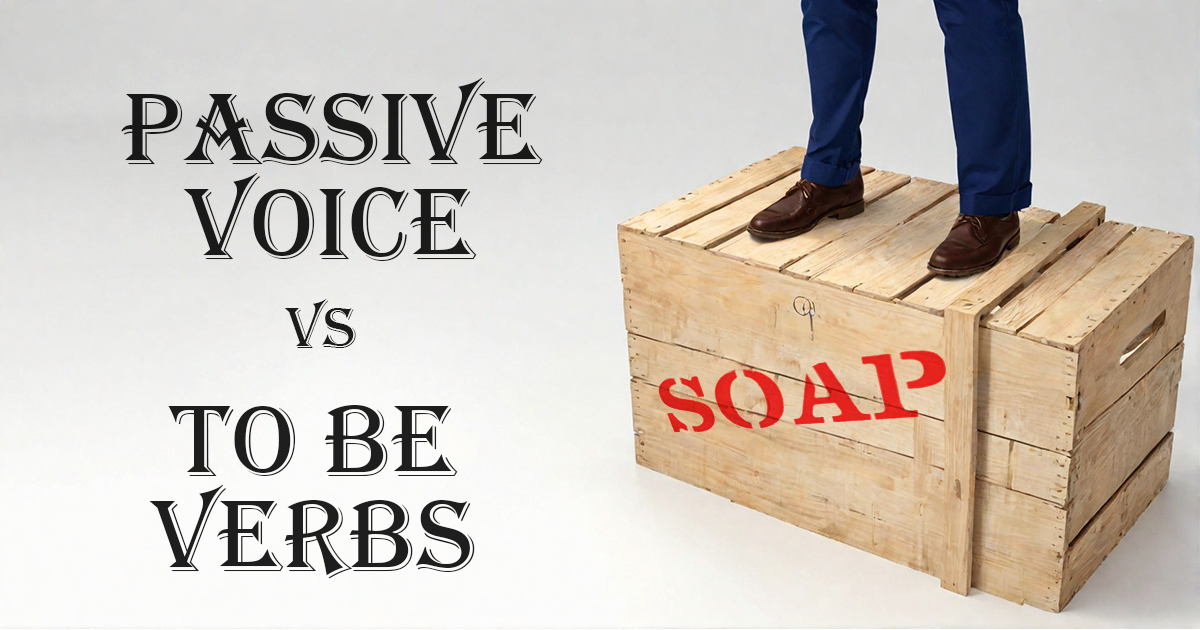I’ll start this aside with a big “Fuck you!” to Microsoft Word’s editor and all other grammar checkers that offer a readability score and yet incorrectly deduct points for the use of the passive voice when the passive voice was not used.
Passive voice should be understood before it is scored by these programs. To give an accurate score, it must be known by the scoring agent when a to-be verb construction (aka, a verb or verb phrase that denotes being or a state of being rather than an action) is being deployed by the author of a piece. The more likely verbal structure usage between passive voice or to-be verbs in a blog like mine is not the passive voice. The passive voice is often used in blogs that are scientific or discuss legal issues. Considering the various posts about substance use (For Science!) and the legality thereof, the confusion as to whether this blog features scientific writing or legal discourse is understandable. But the correct conclusion is easily reached with just a casual parsing of my work.
That kind of passivity would destroy the readability score of the post. Fortunately, we upgraded to Appendix Technology recently, so only this supplemental page’s reading score is in the trash because of passivity!
Unlike Word, ChatGPT nows the difference between passive voice and to-be verbs and was able to provide these examples when prompted:
Passive voice sentences:
- The car was hit by a truck.
- The report will be submitted by the end of the week.
- The painting had been stolen before I bought it.
To-be verb structure sentences:
- She was studying for her exam all night.
- They are going to the park later today.
- He will be working on his project all weekend.
I see this as further proof that AI really is intelligent.
Back You Go!
I’m not exactly sure how you found this page, but I know it was originally written as part of the post Generative AI: Yes, You Really Can Use It for Anything so that’s where the link takes you.
